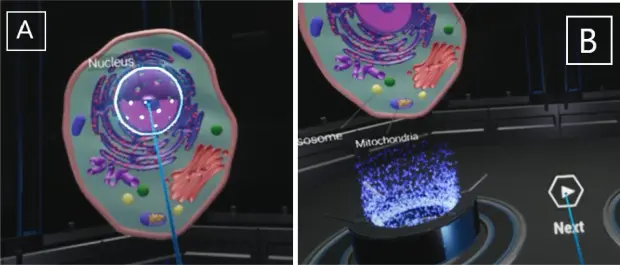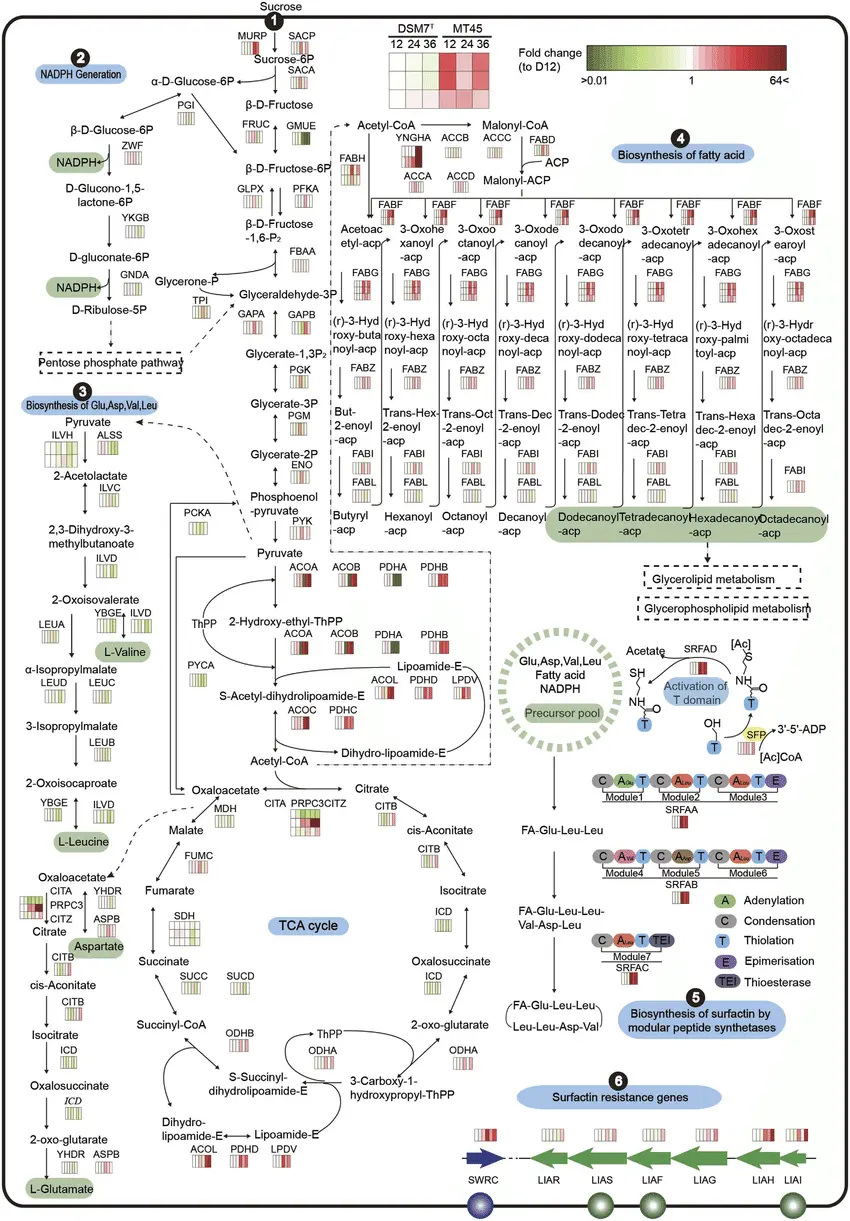Meta Blast: A 3D Game for Learning Cellular and Metabolic Biology
Understanding cellular and metabolic biology is often challenging due to the microscopic scale and the complexity of biological processes. Traditional teaching methods, such as textbooks or 2D diagrams, can make it difficult for students to visualize dynamic interactions within cells. Meta Blast, a new 3D educational game, addresses this gap by offering an interactive environment where learners can explore cellular and metabolic processes in a virtual world.
Meta Blast provides users with a fully navigable 3D model of a eukaryotic cell. Instead of imagining organelles and metabolic reactions, players can explore them in real time. The game features:
Nucleus exploration: Players can visualize transcription and RNA processing, observing how DNA is transcribed into RNA and how gene regulation occurs.
Mitochondrial dynamics: The game demonstrates ATP production, the electron transport chain, and oxidative phosphorylation in a visually engaging way.
Mitochondrial dynamics: The game demonstrates ATP production, the electron transport chain, and oxidative phosphorylation in a visually engaging way.
Lysosomes and peroxisomes: Meta!Blast highlights cellular waste processing and detoxification mechanisms.
Meta Blast is its interactive metabolic pathways simulation
A standout feature of Meta!Blast is its interactive metabolic pathways simulation. Players can trace molecules through key biochemical cycles, including glycolysis, the citric acid cycle, beta-oxidation, and the urea cycle. The game visualizes:
- Substrate conversion and energy transfer.
- Enzyme catalysis and reaction rates.
- Feedback loops and regulation mechanisms.
By following metabolites in a 3D context, learners can see cause-and-effect relationships and understand how energy is generated and utilized, enhancing their comprehension of often abstract metabolic concepts.
Gamification for Active Learning
Meta!Blast integrates gamification elements to make learning engaging:
Quests and challenges
Players complete cellular “missions,” such as repairing damaged organelles or completing metabolic pathways.
Points and rewards
Success in identifying organelles, enzymes, or metabolic steps earns points, motivating repeated engagement.
Problem-solving scenarios
Players tackle real-life biological challenges, like enzyme inhibition or metabolic disorders, reinforcing critical thinking.
Benefits for Students and Educators

Students gain:
- A tangible understanding of cellular organization and metabolic processes.
- Visual reinforcement of complex biochemical reactions.
- An enjoyable, interactive way to practice and test knowledge.

Educators can leverage Meta!Blast to:
- Supplement traditional lectures with 3D demonstrations.
- Provide virtual lab experiences when resources are limited.
- Track student progress through built-in analytics and performance feedback.


